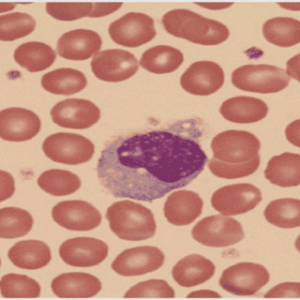(Downloads - 0)
For more info about our services contact : help@bestpfe.com
Table of contents
I. Fungal adaptation to environment
I.1 Fungi have to adapt to their environment
I.2 Fungal sensing of the environment
I.2.1 Nutrient sensing
Carbon sensing
Carbon nutrient sensing and responses in lignocellulose degradation
Nitrogen sensing
Target Of Rapamycin (TOR) signaling as a key regulator of growth in the adaptation of filamentous fungi
I.2.2 Stress sensing and responses for adaptation to environment
II. Wood and wood degrading fungi
II.1 Wood components
II.1.1 Structural compositions
II.1.1 Cellulose
II.1.2 Hemicellulose
II.1.3 Lignin
II.I.2 Wood extractives
II.I.2.1 Phenolic compounds
II.I.2.1.1 Flavonoids
II.I.2.1.2 Tannins
II.I.2.1.3 Stilbenes
II.I.2.1.4 Lignans
II.1. 2.1.5 Quinones
II.1.2.2 Terpenoids
II.2 Wood decaying fungi
II.2.1 Brown rot fungi
II.2.2 White rot fungi
II.2. 3 General biological characteristics of Phanerochaete chrysosporium
II. 3 Antifungal mechanisms of wood extractives and fungal adaptation
Objectives
RESULTS
Article I
Article II
Supplementary results
Introduction
Experiment protocols
Results
Discussion and conclusions (Article I & II)
Article III
Supplementary results
Introduction
Results
Mutagenesis and screening mutant resistant to CTWE
Phenotypes of chy mutants
Identification of the causal mutation(s) leading to CTWE resistance
Involvement of AGR57_10098 in resistance against CTWE
DISCUSSION AND PERSPECTIVES
Wood extractives as tools to characterize wood decaying fungi
The possible relationships between identified proteins PcTOR and PcDUF1630 protein and secretion
The possible relationships between PcTOR and PcNACHT protein
Understanding the functions of TOR signaling in P. chrysosporium
Proteomic analysis could be used to characterize deeply the role of TOR in regulating the secretome response of P. chrysosporium
The possible relationship between TOR and the intracellular detoxification system
Future perspectives
General conclusions




